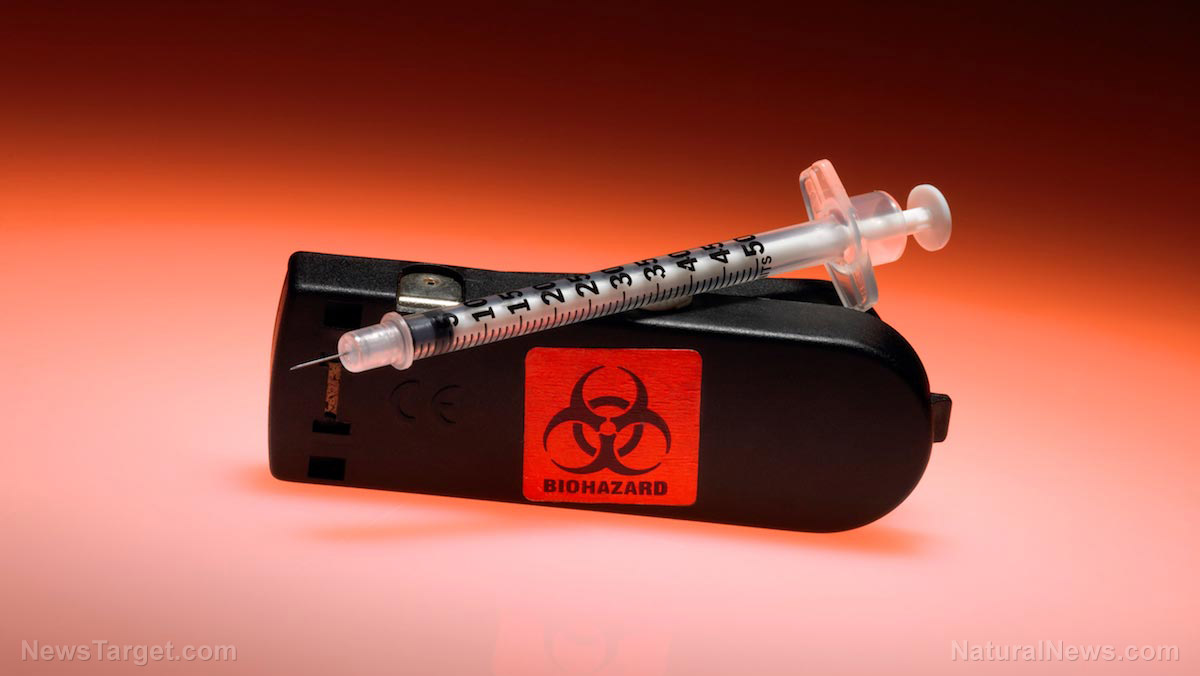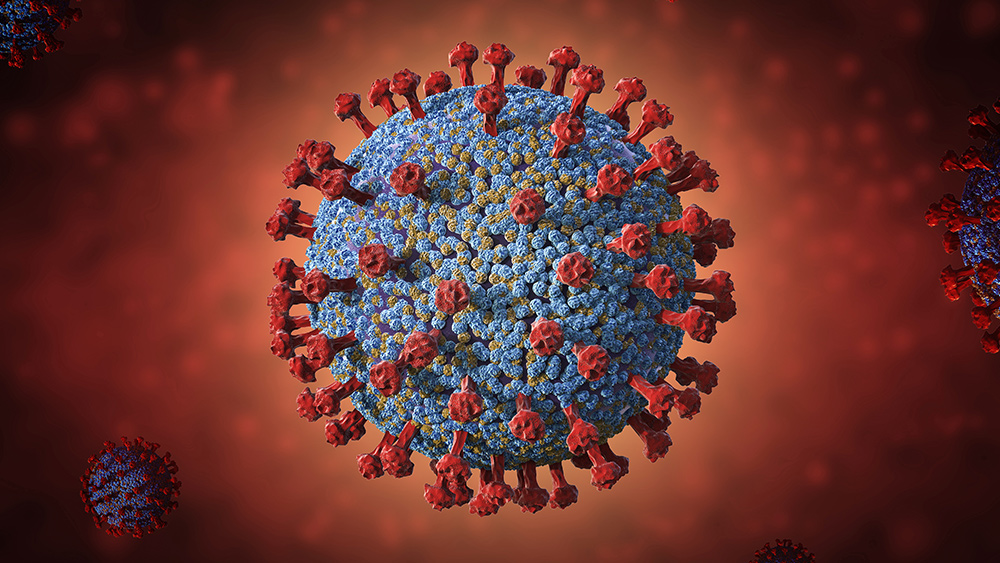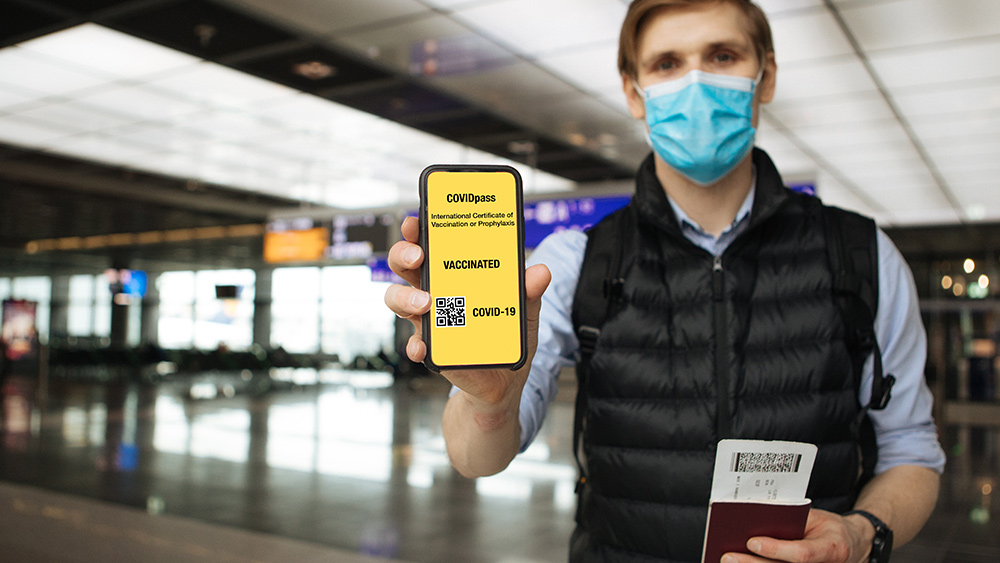J&J forced to toss 60 million covid vaccine doses due to “contamination”
06/15/2021 / By Ethan Huff

The Food and Drug Administration (FDA) has ordered pharmaceutical giant Johnson & Johnson (J&J) to discard 60 million doses of Wuhan coronavirus (Covid-19) vaccine after the regulatory body identified “possible contamination” inside the vials.
The affected doses came from a problematic facility in Baltimore that is known to be plagued with manufacturing and safety violations. In this case, an “ingredient mix-up” may have occurred, officials say, resulting in J&J’s Chinese Virus injections getting filled with something other than the intended spike protein concoction.
This same Maryland facility was completely shut down back in April, by the way, after FDA officials discovered unsanitary conditions and other problems that they decided rendered it too dangerous to continue operating. It was eventually reopened, however, to produce Wuhan Flu shots.
Late last week, the FDA also strangely went ahead and gave J&J the green light to send 10 million of these potentially contaminated J&J doses to poor countries, stipulating that there was no guarantee they were made using good manufacturing practices.
This massive liquidation of questionable J&J vials would not have been possible had the FDA not extended their expiration date by six weeks. The FDA has essentially allowed J&J to reap more profits from an expired and potentially dangerous product at the expense of poor people in some third-world countries.
According to the FDA, these possibly tainted, expired vials are now “safe and effective” for another four-and-a-half months – at least – just because. Originally, those same vials were only supposed to be “safe and effective” for up to three months when stored at normal refrigeration levels.
FDA always changing rules to benefit Big Pharma
When the FDA first granted “emergency use authorization” (EUA) to J&J for its Wuhan Flu shots, the agreement was that these injections are only viable for up to three months. Now that has been extended for an additional 4.5 months simply because J&J has a large stock of unused injections at pharmacies, hospitals and clinics.
What this means is that millions of Americans who get the J&J injection will be getting expired doses that could be even more dangerous than the non-expired ones, which are causing some recipients to have their skin peel off.
While many states have been utilizing the “first-in-first-out” approach to try to avoid having their vaccine lots expire, not enough people are lining up to get jabbed in the first place, which has created a glut of unused injections that nobody wants.
To prevent J&J and other drug manufacturers from losing money, the FDA is once again bending the rules and putting people’s lives at risk to garner more cash, which is apparently the only thing that matters.
The FDA claims that its updated “science” shows that extending the expiration dates on Chinese Virus injections is now magically okay. This will presumably also extend to the injections produced by Pfizer and Moderna, both of which have a six-month shelf life.
Two months ago, J&J was administering about two million injections daily. That number has since dwindled to about 800,000 injections daily, suggesting that most Americans who wanted to get jabbed have already done so, and the rest are just saying no.
In an attempt to swing the numbers higher, some states and municipalities are offering “vaccine lotteries” and other gimmicks as bait. The official numbers suggest that maybe half of all adult Americans have received at least one injection of a Wuhan Flu shot, which is far lower than the number that Beijing Biden had aimed to get to by Independence Day.
The latest news stories about Chinese Virus injections can be found at ChemicalViolence.com.
Sources for this article include:
Tagged Under: baltimore, coronavirus, COVID, discarded, Johnson & Johnson, possible contamination, Public Health, vaccine wars, vaccines
RECENT NEWS & ARTICLES
ChemicalViolence.com is a fact-based public education website published by Chemical Violence Features, LLC.
All content copyright © 2018 by Chemical Violence Features, LLC.
Contact Us with Tips or Corrections
All trademarks, registered trademarks and servicemarks mentioned on this site are the property of their respective owners.




















